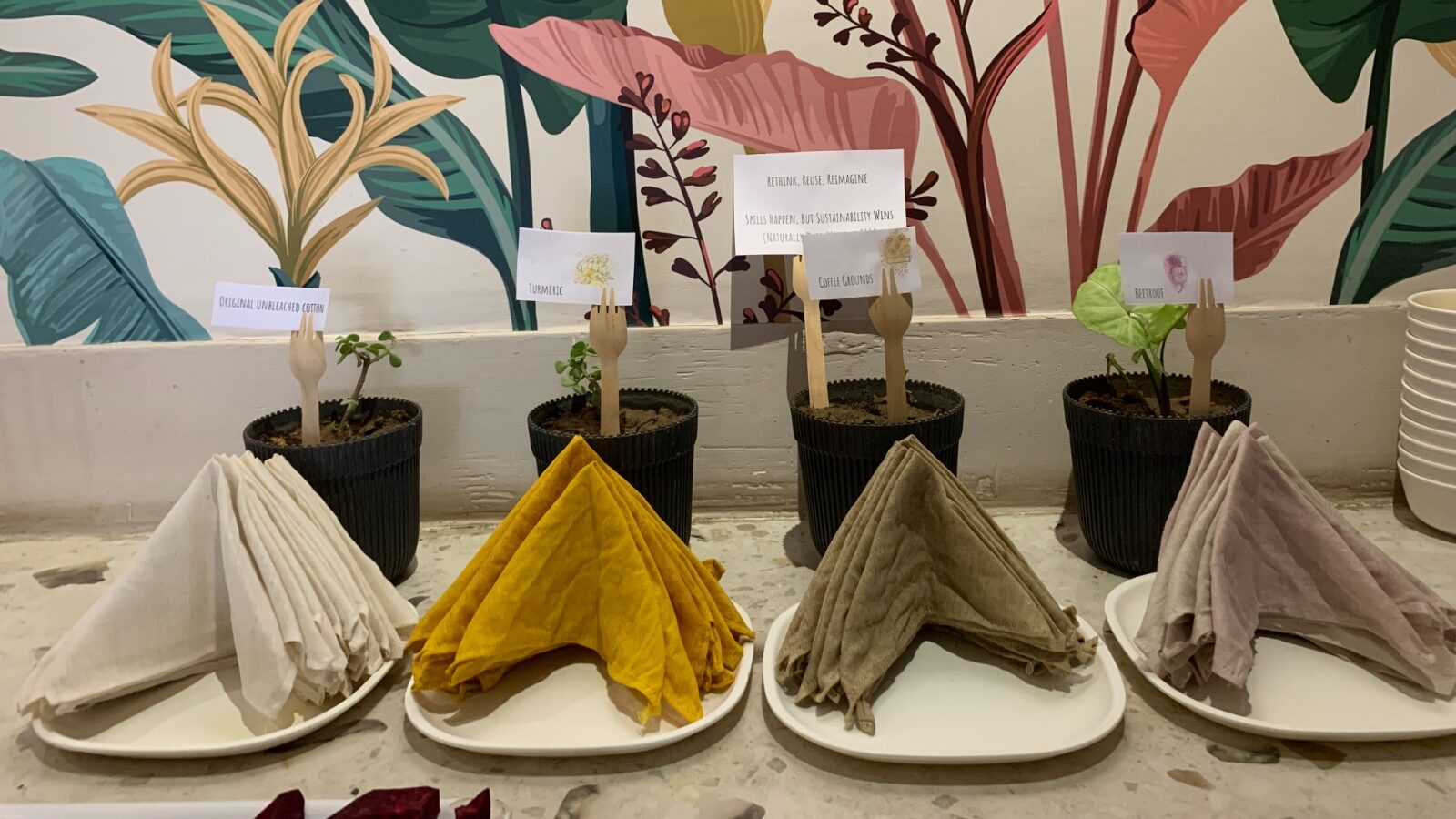
Using Contractions
by NosheenContractions are when words are shortened by omitting some parts of the words and fusing them with other words. We use contractions a lot more in our speech than while writing. It has just become the way we speak and converse. Though the speech patterns and style of youngsters and seniors differ greatly, yet usage of contractions can be found in both. Americans are known for their love for them.
Some of the most common contractions are:
- Do not – Don’t
- I am – I’m
- He is/ He has – He’s
- You are – You’re
- I have – I’ve
- I will – I’ll
- You would – You’d
Contractions in Formal Writing
We use contractions on daily basis but you will rarely come across them in formal writing. However, things are changing now and you can find them sprinkled here and there in a copy. This is mainly due to In informal and personal letters, we can make use of contractions and slangs but rarely in formal exchange (written and spoken). If ever contractions are used in formal writing it is within quotes. For example, in a novel or a story, to express a protagonist’s feelings, a writer may use a sentence with contracted form of words within the quotes. But not otherwise!
The easiest way of using contractions is to put an apostrophe wherever you miss the letters. For example:
- cannot is written as can’t (the ‘no’ is replaced by an apostrophe)
- I would is written as I’d (the ‘woul’ is replaced by an apostrophe)
Contracted Words without an ‘apostrophe’
Contractions not only make conversations casual but also crisper. Colloquial speech is full of contracted words and are used very commonly – gonna (going to), wanna (want to), gotcha (got you), lemme (let me), gimme (give me), gotta (got to), kinda (kind of) etc are a few examples. These are confined to informal speech and are avoided altogether in written or formal communication.
Contraction is important part to our speech and its usage suprisingly conveys the message a bit faster.
Well would you rather answer “Hi wassup?” or “How are you?/ How’s life?”
- About the Author
- Latest Posts
I am a writer, reader, and a part time adventure and travel enthusiast. The other three things that vie for my mind share are dark chocolate, coffee, and photography. I am highly motivated by user perspectives and addressing the common human experience when I write.
-
Email Marketing Without Fatiguing Conscious Consumers
by Charanjeev Singh
How to build trust, reduce inbox overload, and engage with intention Email marketing is a powerful tool. It lets …
Continue reading “Email Marketing Without Fatiguing Conscious Consumers”
-
How to Market Vegan Products Without Preaching (or Losing Sales)
by Tapam Jaswal
Marketing vegan products isn’t just about talking to people who already follow a vegan lifestyle. It’s also about connecting with …
Continue reading “How to Market Vegan Products Without Preaching (or Losing Sales)”
-
Vegan SEO: Optimizing Organic Visibility for Vegan Brands
by Tapam Jaswal
More people than ever are interested in vegan products and services. If you run a vegan brand, ensuring customers can …
Continue reading “Vegan SEO: Optimizing Organic Visibility for Vegan Brands”
-
Google AI Mode Explained: How It’s Reshaping Search and Content with Real Examples & Tips
by Tapam Jaswal
If you’re in SEO or content and have been watching Google’s changes, you already know: AI Mode isn’t a minor …
-
Jiva’s Organic Traffic Growth: 354% Surge in 6 Months | CueForGood
by Nida DanishSummary: Jiva’s efforts to empower smallholder farmers weren’t gaining the digital traction they deserved. With a strategic overhaul led by …
Continue reading “Jiva’s Organic Traffic Growth: 354% Surge in 6 Months | CueForGood”
-
What We Learned When We Switched From Disposable Tissues to Reusable Napkins
by Nida DanishAt CueForGood (CFG), we’ve embraced a refreshing change: reusable cloth napkins. While the switch may seem minor, it’s rooted in …
Continue reading “What We Learned When We Switched From Disposable Tissues to Reusable Napkins”





